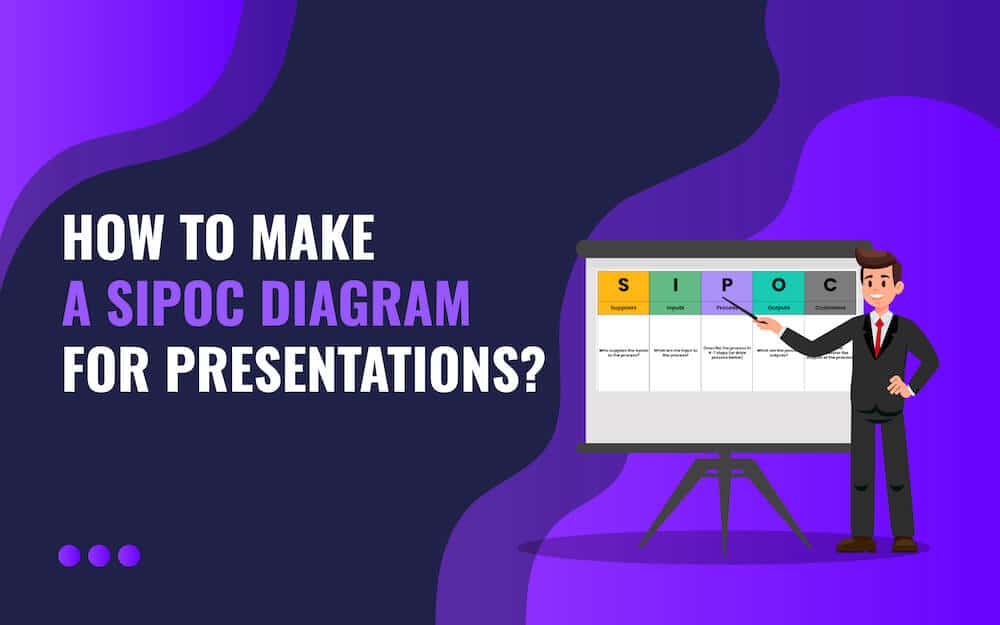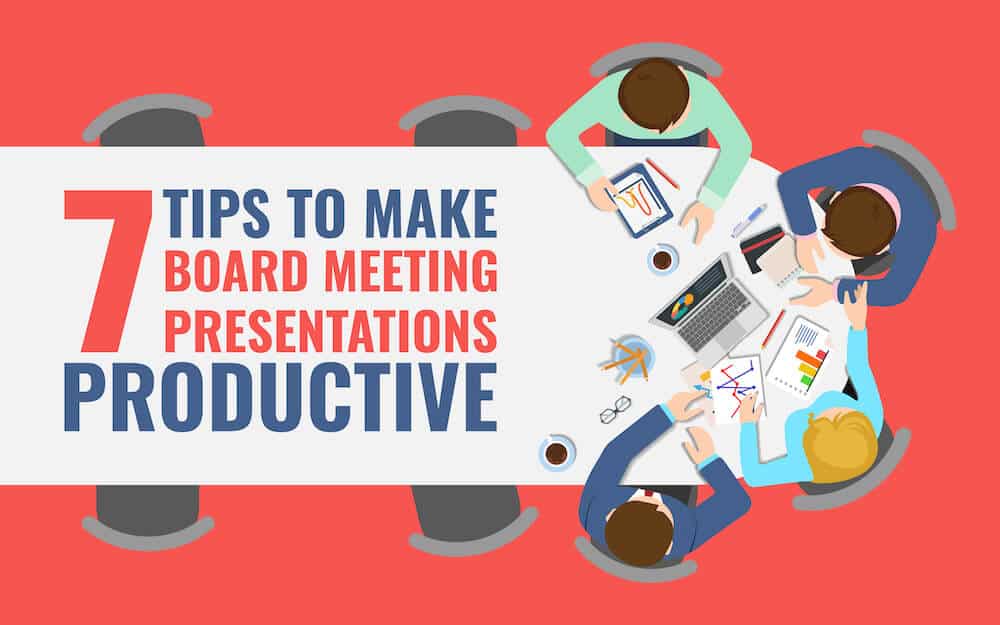
Each of us, at some point in our life, was asked what we do. Were we always as impactful and engaging with our replies as we would have liked to be? A good elevator speech is what covers this gap. Something that will help create genuine interest in what you want to say. It might help you land your dream job, get a potential investor interested in your project, or tell people about your business.
And what’s more?
You can deliver your elevator speech as part of your presentation and pitch deck.
We have included all the factors in this guide to help you write a perfect pitch, including examples. Read on to know what components and factors your elevator pitch should take care of.
Before moving on, let’s find out what an elevator pitch is.
What Do You Mean by an Elevator Pitch?
An elevator pitch is a short and quick synopsis of who you are. As the name suggests, the pitch is short enough (around 30-60 seconds) that you can deliver it on an elevator ride. It will tell people the ‘what’ and ‘how’ of you and your company.
It could be verbal or written communication with your target audience, where you share the value proposition of your product and service and convince them to take action.
Examples are-
- Job seekers pitching to employers.
- Companies/businesses pitching to potential/existing clients, stakeholders, and investors.
- Students pitching to colleges/universities for internships and scholarships.
What is the Purpose of an Elevator Pitch?
The sole purpose of an elevator pitch is to get people interested in you, your product, or your company in a short span of time. It helps you create a crisp and compelling introduction and tell people why they should invest in you, your company or select you for a job.
When Do You Need an Elevator Pitch?
Thirty seconds are not long enough when you have to summarize your entire value proposition and convey it in the best way possible or when you are relaying to absolute strangers.
That’s why; having prepared in advance will help you put your best foot forward in situations like these-
- Meeting a prospect (client, customer, investor, recruiter) for the first time.
- When you have limited time to get the person’s attention.
- Whoever you are meeting can contribute in some way.
You can use your pitch when someone enquires about you or your work. It will help you capture attention enough to drive some action or to get the conversation going.
How to Write an Elevator Pitch?
Before you sum up something, it is well advised that you are clear about what you want to say and have an in-depth understanding of what you offer.
- Understand your product, services, and market
Whatever the nature of your work is, you must be having a lot of competition in that segment. There was a reason that you still started your business despite the competition. Study that well, and make sure to include that in your pitch.
For example – introducing yourself as a pottery company catering to X number of clients is good, but remember to include information like if local artisans are involved in the manufacturing or if you have the royal family as one of the clients. Study your industry, products, and services well and find out what makes you different from people in the same business and be sure to encash that in your pitch.
- Learn about the people
Knowledge can be the difference between returning empty-handed or cracking a quick deal. It is something that can set you apart from the entire lot. The more you know about your target audience, product/service, and market, the better equipped you will be to create a perfect pitch and answer all the follow-up questions.
Also, people are more comfortable investing in someone with a thorough knowledge of what he does. Learn about your prospects’ pain points and how you can address that with your product/service.
Create buyer personas, i.e., representations of your target audience from the market research, and create customized pitches accordingly. For instance, if you are working in green energy, you would want to pitch your product to an environmentalist as carbon efficient and to a middle-class buyer as cost-friendly.
Pro Tip – Conduct market research by interviewing your current customers and conducting surveys of prospect groups.
- Define and highlight the USP of your product/service
You can’t tell a lot of things about your business or yourself in the initial pitch to prospects. Categorize all essential points or top offerings to engage your audience and keep them hooked. Try showing some value in what you do instead of plainly listing the benefits.
For instance, when you think of your product, what are your top-selling offerings? Is your product rare, technologically proficient, manufactured from extraordinary raw materials, and cost-efficient? Is your company a pioneer, or has it won any prestigious awards? Do you offer something that solves something unsolvable, or do you provide a better solution than others?
Include what makes you different in your pitch to help people take notice and proceed further through the talk.
- Be clear with what you expect after the pitch ends
The entire purpose of the pitch is to drive people to take some action or continue further with the interaction. However, the result would vary depending upon the type of people you are interacting with, i.e., the role of the prospect.
For instance, if you are speaking to a potential customer, you would want to connect them to a salesperson, visit, or give you a quote. If it’s an investor, of course, discuss the investment prospects through continued meetings. If you are interacting with an employer, you would want to arrange the next meeting or an interview, connect with HR, etc.
- Remember to keep it all
Every sales pitch should have certain elements that provide a foundation or base and includes all the relevant information. For instance,
For Businesses
- Name
- Job title
- Company’s name
- What does your company do?
- Your audience
- USP (Unique Selling Proposition)
- CTA (Call to Action)
For Jobseekers
- Name
- Job title
- Your skills/experiences
- Past accomplishments
- CTA
Tips on Creating a Good Elevator Pitch
A good elevator pitch involves a lot of factors and gets influenced by your audience, the knowledge people have regarding your topic, what you are pitching, etc. But in broad terms, you are going to make a good impression if your pitch has the following-
- Short Duration
Your pitch should be crisp (75-100 words), clear, and follow the timeline (30 seconds).
- Customized
You wouldn’t want to move forward with a one shoe fits all approach, as that isn’t true. A customized pitch (according to the audience) helps build connection and engagement. Craft the approach, problem/solution, and word choice according to the people you are presenting to.
Note – See what is important to your audience and keep those factors in mind when you pitch.
- Captivating
You can include humor, compelling data, stories, issues, etc., to make your pitch interesting and engaging. It will help the audience take an interest and continue with the conversation.
- Confident
You would want to be confident and assertive when you present to the audience. However, don’t overdo it, as you wouldn’t want to look too pushy and assertive.
How to Deliver the Elevator Pitch?
Given below is the step-by-step process on how to deliver your elevator pitch.
- Introduction
Tell in a sentence who you are at the beginning of the pitch. Share your name and your occupation. For instance, a salesperson for a specific company, a consultant for the MSME sector, or a student majoring in a particular college.
- Tell what you do
In a couple of sentences, tell what you do and your expertise. Share how you are helpful in that particular scenario. For instance, if you want to share an idea, explain what it is and how it will help.
- Ideal clients
In a couple of sentences, tell about who you are serving. You can also tell how your product and service help these people. If you are a job seeker, you can tell why you want to work for them.
- Your USP
Tell what makes you different from others and what your strengths are. Tell what makes you or your product unique from others and how it’s going to help others.
- Hook
Include a hook at the end to keep your audience attentive and engaged. It could be anything like telling them how your product/ service will impact them, or you could pose thought-provoking questions regarding the problems your audience is facing.
- Make the transition smooth
Once you have crafted different parts of your elevator pitch, ensure that it continues in a coherent way and doesn’t sound distorted. Your speech should flow smoothly and connect well. Keep it clear, conversational, succinct, and understandable.
Steps to Follow When Delivering Your Pitch
Now that you have everything prepared, execution is equally important, rather more, as that’s the time when you will be judged on how good you are as a presenter.
Let’s look at a few things to keep in mind when you deliver your pitch.
- Be mindful of the time
30 seconds doesn’t seem like too much of a time when we think of it. And it certainly isn’t when you want to compile everything and convince people to see the value in what you propose. While most pitches range from 20-60 seconds, try sticking to a 30-second target.
- Speak properly and clearly
When you don’t have much time, you might end up speaking faster to share all the information. But that’s a mistake as it will make you look unprofessional, and your words might become incoherent as well. Also, make sure that you don’t sound monotonous and flat.
- Practice well
Practicing before will help you be in sync with body language and facial expressions and make you confident. It will also help you stick to the relevant time. So, do it in front of a mirror or your acquaintances.
- Make it conversational
No one likes a one-way conversation, even when you are trying to sell something. Try to make your pitch conversational to help people be a part of what you are trying to share. Your elevator pitch should lead to an in-depth conversation, and that can only happen if you try to build that from the beginning.
- Be warm and passionate
We instantly developed a liking towards people who have warm personalities. Smile and be at ease when you deliver your pitch. Also, let your passion shine; it will help your audience build trust in you and your product.
- Check and modify
You might not get your desired results initially but don’t get disheartened. Continue giving the pitch and tweak as much as you can to make it perfect. You can also record your pitch to review and work on the pain points later.
Pro Tip – Rather than asking for something (CTA), you can also offer your prospect to do something of value for them. It will help them build an instant connection with you.
Mistakes to Avoid in Your Elevator Pitch
You know how to write your pitch and how to deliver it as well. However, there are a few mistakes you would want to keep in your mind to create an impactful pitch.
- Being too pushy/salesy
It is bad to come across as too pushy or salesy, even when you are trying to do exactly that. Make your pitch interactive and try to solve issues instead of just selling your product or service.
- Too much technical jargon
It might look like including too much jargon in your speech will make you sound knowledgeable. But on the contrary, it can make people lose interest. Besides, you don’t know the level of knowledge your audience has, so avoid falling into the trap.
- A pitch for all
Your pitch is like a guide and not a script you want to read. Personalize it according to the person you are speaking to and the environment/setting you are in.
- Rambling
Nothing is more disheartening than if you get off track, unclear, or lost in the middle of your pitch. That’s why; practice well and speak calmly, keeping track of your thoughts. Stick to the outline at all times to avoid getting confused in the middle.
- Frowning or inappropriate facial and body expressions
Smile and keep your face and body language friendly and warm. A welcoming personality would help you engage your audience with what you are saying.
- Speaking in a monotone
Practice your pitch but don’t overdo it, as it might become monotonous in your effort to recall the exact words. Voice modulation is important to keep your speech catchy and engaging.
- Less engagement
The whole idea of presenting the pitch is to build a connection for further interaction and drive some action. Give your audience a chance to interact with you, and don’t just run through the conversation.
Elevator Pitch Examples –
The basic steps to follow in any of the pitches are as follows-
- State and fill the need
- Share your value proposition
- Differentiate by stating your USP
- Effective CTA (Call to Action)
A few of the different examples are-
1. Thought-provoking question
Do you also have to go through the pain of crafting presentations from scratch? Don’t worry, it’s not just you. Our company, ABC, identified the problem, as it is faced by executives everywhere, and found a solution with the templates we have created. The templates provide you a consistent design and well-researched content, which you can customize effortlessly in a fraction of time.
Why the pitch is good – The elevator pitch grabs attention through a question, states the pain point, empathizes with the audience, and jumps to the solution.
2. Using credibility and data
As a sales representative at ABC, I had the chance to speak to a number of executives, and 90% reported that creating reports every day is a hassle. It is where our tool comes in to help you create unique reports in less than 2 minutes by quickly compiling your data in one place.
Why the pitch is good – It highlights your authority and knowledge of the market. It speaks of the pain point and tells the solution.
3. Storytelling
Elie Cohen, a marketer at XYZ, used to spend 1 hour each day making his daily report. It would get him late for other things and used to impact his other work. Now that he is using our tool, it takes him less than 2 minutes to draft quick unique reports improving his efficiency. I can continue if you find it worth your interest.
Why the pitch is good – You get a clear picture of before and after with storytelling, real-life examples, and interaction.
4. Humor
How many professionals are making everyday reports? None, if you get to automate the process. The tool we have developed at ABC helps people save one hour each day, which they can spend on more productive tasks or add to their lunchtime.
Why the pitch is good – It seeks to engage people through humor, there is instant relatability, and it tells about the problem and the solution.
In a Nutshell
An elevator pitch is a useful tool to further your professional interests. It will help you attract more business opportunities, whether you seek job offers, investors, or more clients. Work on building the perfect pitch by including the factors shared above, and keep practicing.



